Re: Soot Emitting From Kitchen Gas Line
mbluetyphoon
15 years ago
Related Stories

KITCHEN DESIGN20 Kitchen Must-Haves From Houzz Readers
We asked you to tell us your top kitchen amenities. See what popular kitchen features made the list
Full Story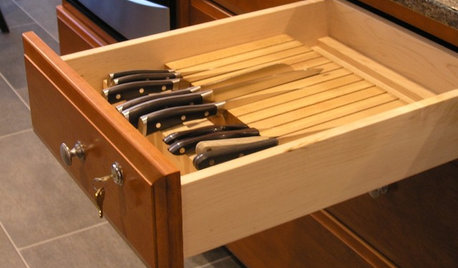
REMODELING GUIDESFrom the Pros: 8 Reasons Kitchen Renovations Go Over Budget
We asked kitchen designers to tell us the most common budget-busters they see
Full Story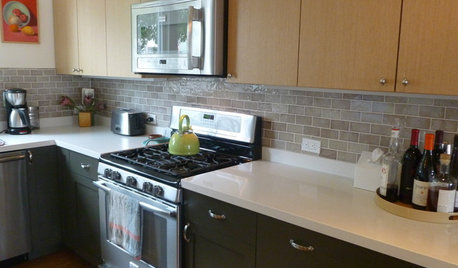
KITCHEN DESIGNPearls of Wisdom From a Real-Life Kitchen Remodel
What your best friend would tell you if you were embarking on a renovation and she'd been there, done that
Full Story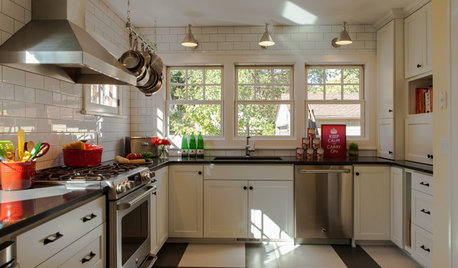
KITCHEN DESIGNGet Ideas from 10 Kitchen Makeovers
Share your thoughts on gorgeous kitchen transformations from Boston to Bristol. Which is your favorite?
Full Story
FIREPLACESWhat to Do With That Fireplace You’re Not Using
Make the extra space work for you with artfully arranged logs, books or decorative objects
Full Story
KITCHEN DESIGN16 Practical Ideas to Borrow From Professional Kitchens
Restaurant kitchens are designed to function efficiently and safely. Why not adopt some of their tricks in your own home?
Full Story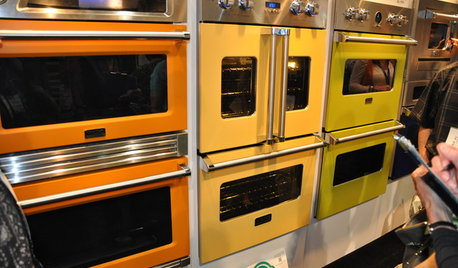
KITCHEN DESIGNStandouts From the 2014 Kitchen & Bath Industry Show
Check out the latest and greatest in sinks, ovens, countertop materials and more
Full Story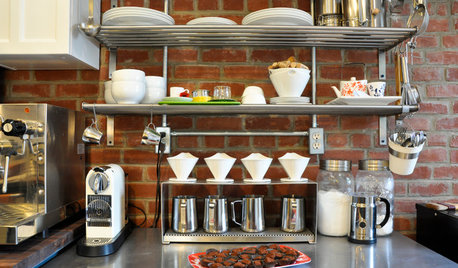
KITCHEN DESIGNSweet Ideas and a Truffle Recipe from a Chocolatier's Test Kitchen
A $2,100 budget didn't mean a half-baked kitchen redo; this confectioner just rolled up her sleeves and rolled out the improvements
Full Story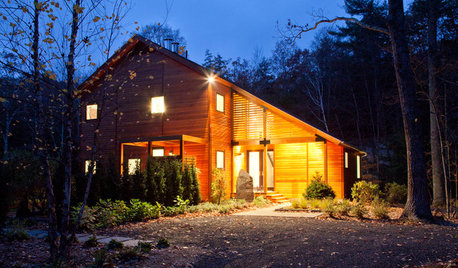
CONTEMPORARY HOMESHouzz Tour: Strong, Modern Lines Stand Up to the Trees
Modernism takes kindly to the New York woods, with double-height ceilings for openness and a burbling creek for music
Full Story
DECORATING GUIDESTop Tips From a Green Interior Designer
Ecofriendly homes can do more than tread lightly on the earth. They can be stylish and comfortable too, says this top-notch green designer
Full Story









brickeyee
antiquesilver
Related Professionals
King of Prussia Kitchen & Bathroom Designers · Adelphi Kitchen & Bathroom Remodelers · 20781 Kitchen & Bathroom Remodelers · Bellevue Kitchen & Bathroom Remodelers · Blasdell Kitchen & Bathroom Remodelers · Fairland Kitchen & Bathroom Remodelers · Fort Pierce Kitchen & Bathroom Remodelers · Toms River Kitchen & Bathroom Remodelers · North Chicago Kitchen & Bathroom Remodelers · American Fork Architects & Building Designers · Baton Rouge Architects & Building Designers · North Bergen Architects & Building Designers · Oak Hill Architects & Building Designers · Parkway Architects & Building Designers · Saint James Architects & Building Designerscalliope
antiquesilver
brickeyee
antiquesilver
worthy
antiquesilver
calliope